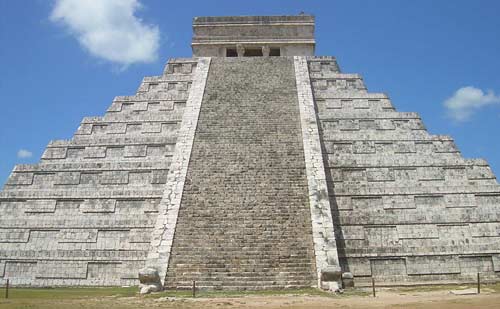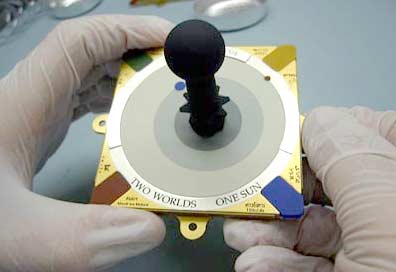January 24th, 2008
Santiago Calatrava, architect, sculptor. (also see Turtle Bridge)
Barcelona, Spain, 1991
Calatrava’s original 130 meter communications tower was built for Telefónica in the heart of the 1992 Olympic site, to carry coverage of the Games. Aside from its distinctive structural form, the tower is innovative in enclosing the circular platform of microwave dishes. The overall form of the tower is based on a Calatrava sketch of a kneeling figure making an offering. The base on which the figure ‘kneels’ is covered in broken glazed tiles in recognition of Gaudi (though with more restrained colors). The orientation of the tower means that the shadow of the central needle on the circular platform acts as a sundial. (reference here)
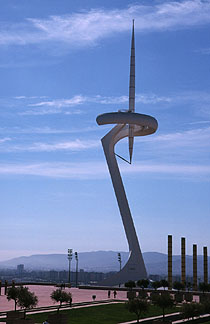
January 17th, 2008
The Kentucky Vietnam Veterans Memorial in Frankfort, KY.
The names of 1,103 Kentuckians lost in the war are engraved into the plaza, including 23 missing in action. Each name is placed so that the tip of the shadow touches the name on the anniversary of the person’s death.
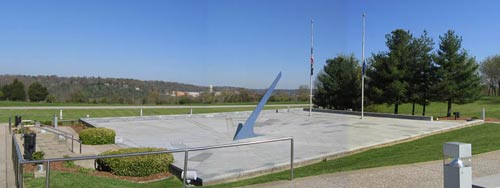
January 2nd, 2008
Kazuo Matsubayashi created this large public sculpture in 1993 in Salt Lake City, Utah. For complete info on symbolism and reading the sundial, check this site.
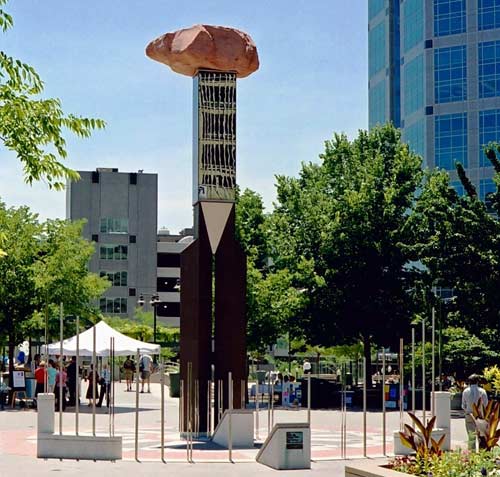

November 19th, 2007
At the American Museum of Natural History, a huge armillary sphere hangs from the ceiling of the Columbus Street entrance. Traditional armillaries were used to demonstrate the motion of celestial bodies as viewed from Earth. This sculpture was designed with the Milky Way galaxy at its center and positioned to demonstrate New York City’s galactic address-its precise location-on January 1, 2000. Designed by Moey, Inc. and fabricated by ART.
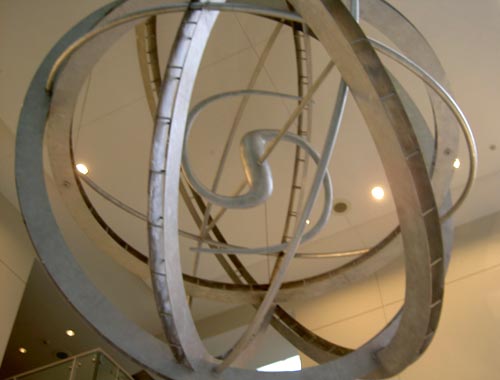
November 8th, 2007
Wow: a sundial that displays the time, not by throwing a shadow on a set of lines, but in plainly readable digits. The dial functions from 8:00 to 5.55 hr, in 5 minute steps, with a smooth transition from one reading to the next. The sundial has been invented by Hans Scharstein and Werner Krotz-Vogel (Germany) and Daniel Scharstein (USA). More info.

November 2nd, 2007
Excerpt from Saginaw Valley Sate U website, about a Summer solstice event:
Nancy Holt (b. 1938) has created more than 30 monumental site-specific public sculptures around the U.S. and beyond since 1970. Most orient the viewer to the sun, moon, and stars, enhancing our perception of nature and ultimately of ourselves. Some are in remote desert locations where the arduous journey to view the sculpture becomes part of the art. She has also made films and videos. In addition, she has published extensively about her art, other contemporary site-specific sculptures, and Earthworks or Land Art (i.e., generally colossal alterations or additions to the environment, some of which reclaim pit mines, landfills, or other areas devastated by industrialization).
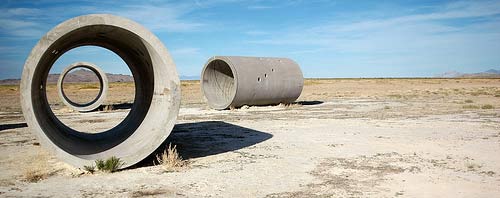
Sun Tunnels – more info
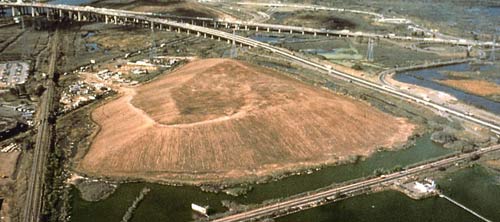
Sky Mound, Meadowlands of Hackensack, New Jersey, more info
October 30th, 2007
An Angel holding a sundial with the date 1528 resides on Chartres Cathedral’s South side of the south tower of west façade, with two other sculptures in the ‘miscellaneous’ category: an ass playing a lyre (an illustration of the Latin saying “Asinus ad Lyram” which is the term for an awkward person) and a sow spinning. The angel is a twentieth century reproduction- the original is in the crypt.

September 30th, 2007
In Athens, Greece not far from the famed Parthenon stands a structure known as the “Tower of the Winds.” Constructed around 50 BCE, by the Greek architect and astronomer Andronikos of Kyrrhos, it combined 9 sundials, a complicated internal water clock, and a weathervane many historians cite as the first ever built. The octagonal, white marble tower stands over 46 feet high with a diameter of about 26 feet, resting on a base of three steps.
The Tower was originally topped by a revolving bronze weather vane which we know from historical records to have been of the sea god Triton, who had the head and torso of a man and the tail of a fish. A pointed wand in his hand indicated the direction from which the wind was blowing. More info on wikipedia and the weather journal.
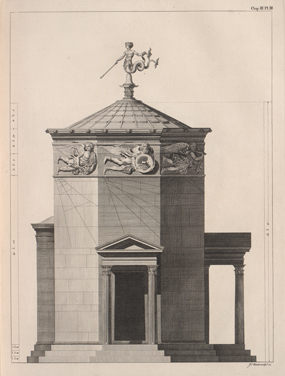
September 22nd, 2007
“The Castle” is a step-pyramid in the center of the Chichen Itza archaeological site in Yucatan, Mexico. During the equinoxes at about 3 P.M. sunlight bathes the western balustrade of the pyramid’s main stairway. This causes seven isosceles triangles to form imitating the body of a serpent 37 yards long that creeps downwards until it joins the huge serpent’s head carved in stone at the bottom of the North stairway. This has been called “the symbolic descent of Kukulcan” (the feathered serpent), and it is believed it could have been connected with agricultural rituals. Check here for a 360-degree view from the top of the pyramid.
